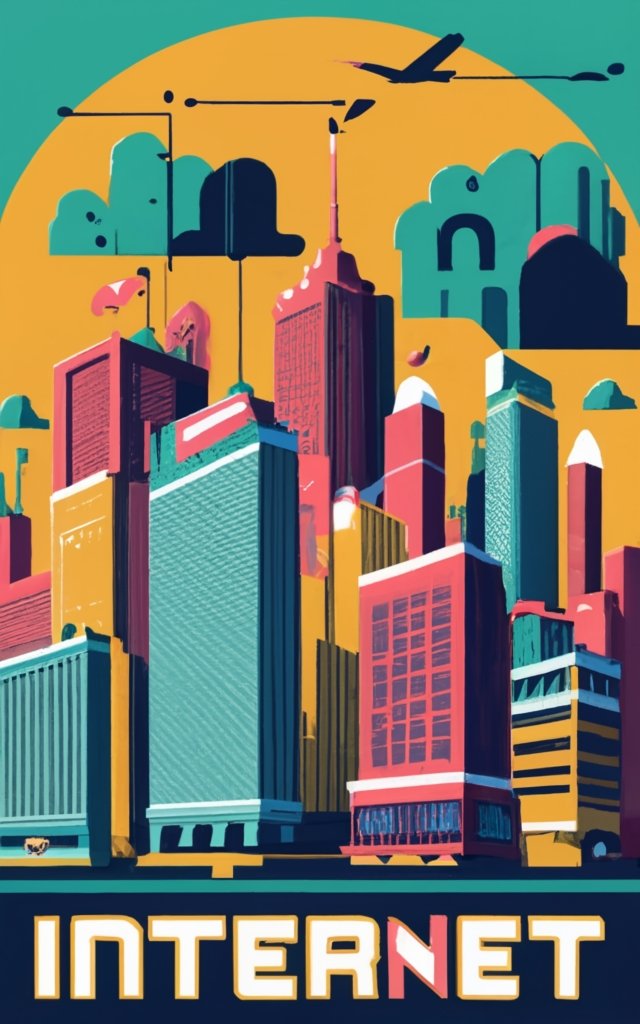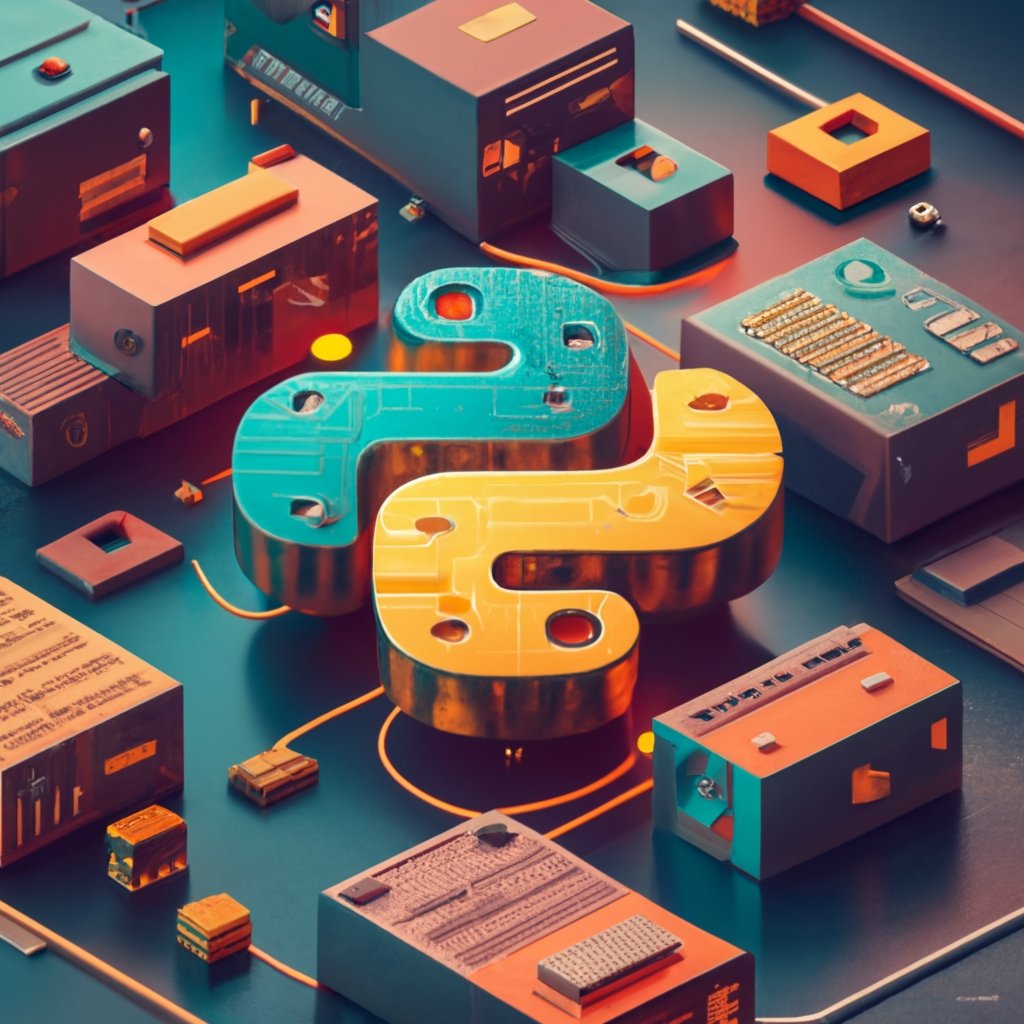Over the past year, you may have started hearing more mentions of “Web3”. But what exactly is Web3 and how is it different from the internet as we know it today?
Essentially, Web3 refers to a vision for the next phase of the internet – one that is decentralized, community-owned and powered by emerging technologies like blockchain. While the internet started off open and decentralized (known as Web1), it has become increasingly centralized under large corporations that dominate our online experiences through closed platforms and proprietary protocols.
Web3 aims to change that by putting the user back in control through open-source protocols and decentralized networks that are not owned by any single entity. Some key aspects of the Web3 concept include:
Blockchain Technologies: Blockchains like Bitcoin and Ethereum form the fundamental infrastructure layer. They allow for decentralized data storage, currencies, marketplaces and more through distributed ledgers.
Decentralized Applications: Using blockchain protocols, developers are building “dapps” that can operate without depending on centralized servers. This includes applications for social networking, content streaming and even entire economies.
Token-based Economies: Digital tokens and cryptocurrencies are used to power transactions, incentivize users, and give stakeholders governance rights in decentralized networks and applications.
Interoperability: By focusing on open standards and protocols rather than closed platforms, the goal is for different decentralized networks and dapps to seamlessly connect in Web3.
While still very much in development, Web3 promises a future where users are truly in control of their online presence, data and interactions. It could disrupt the existing internet business models through decentralized innovations. 2023 may be the year where Web3 starts reaching mainstream adoption. Exciting times ahead!


